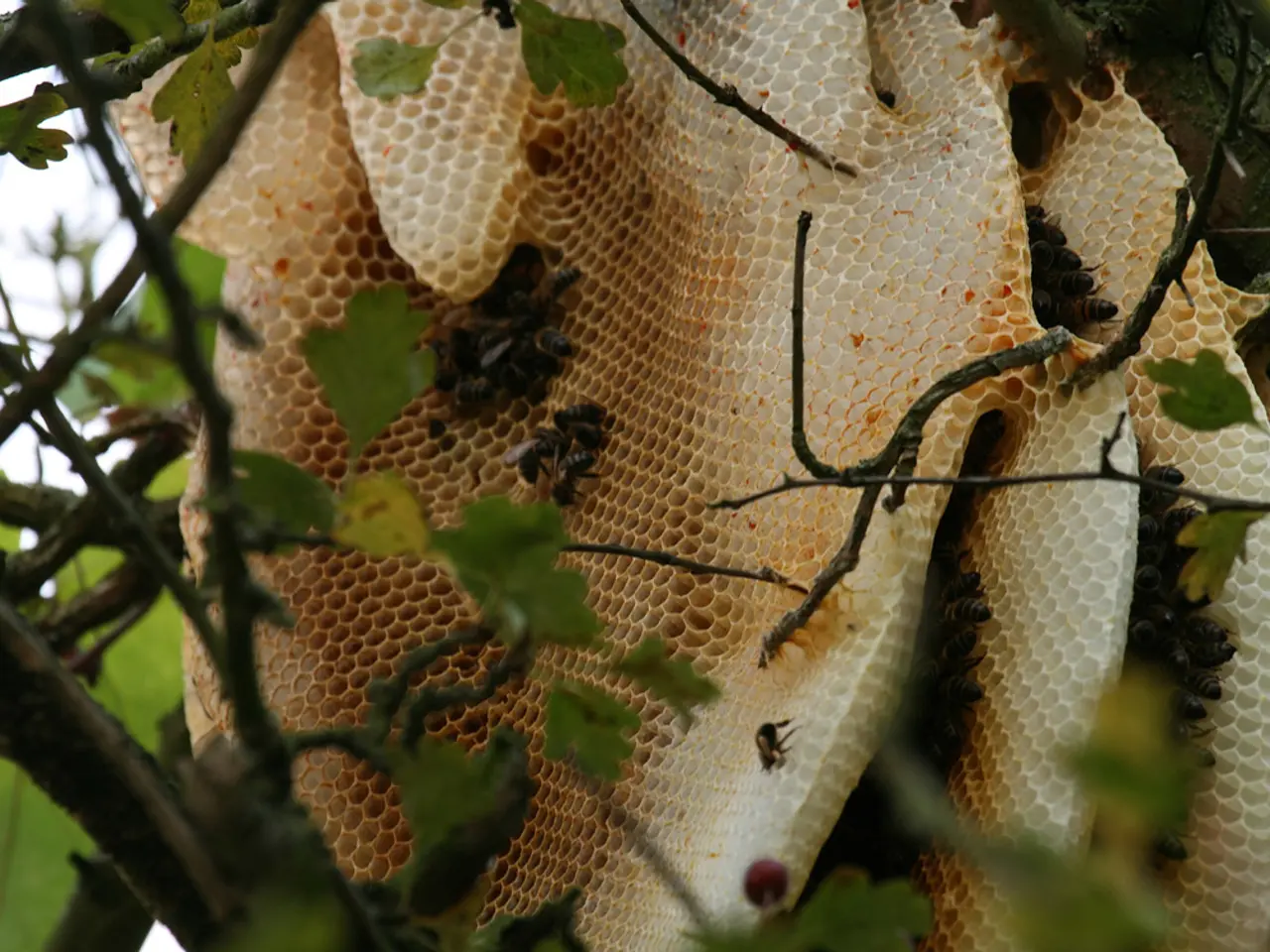Guideline for Assisting Bumble Bees: Practical Steps You Can Take to Aid these Essential Pollinators
In 2017, the U.S. Fish and Wildlife Service listed the rusty-patched bumble bee as an endangered species under the Endangered Species Act, highlighting the urgent need for conservation efforts. The decline of native bumble bee species is primarily due to habitat loss, pesticide use, climate change, diseases, and competition from non-native species such as managed honey bees.
Gardeners play a crucial role in helping conserve these vital pollinators. By implementing a few simple practices, you can create a pollinator-friendly garden that supports the survival and diversity of native bumble bees.
- Plant Native Flowering Plants
Native plants provide essential nutrition and shelter, supporting native pollinator species and promoting biodiversity. Key plants for bumble bees include grey-headed coneflower, purple coneflower, lavender, and a variety of trees, shrubs, perennials, annuals, and herbs.
- Provide Water and Shelter
Creating safe habitats such as bee hotels and maintaining areas with natural shelter helps sustain pollinator populations. Bumble bees often nest in abandoned mammal nests, cavities in rock walls, or at the base of ornamental grass clumps.
- Reduce or Avoid Pesticides
Minimizing pesticide exposure is critical to prevent bee mortality and sublethal effects that impair their health and reproduction. If space allows, planting a small meadow or prairie patch of native wildflowers can provide food from spring through fall. In gardens and conservation areas, avoid using pesticides on plants visited by bees.
- Support Organic and Sustainable Gardening Practices
These help maintain healthy soils and ecosystems favorable to native bees. An integrated pest management (IPM) approach can help reduce pest pressure.
- Monitor and Support Local Conservation Efforts
Awareness and participation in monitoring native bee populations and disease management contribute to protecting species at risk. Resources to learn more about bumble bees include Bumble Bee Watch, Pollinator Partnership, The Ohio State University Bee Lab, and Xerces Society for Invertebrate Conservation.
Bumble bees are important pollinators of crops like blueberries and raspberries, as well as many native plants. They are frequently seen in Ohio gardens, with the common eastern bumble bee (Bombus impatiens) being the most common garden visitor among the native Ohio bumble bee species. However, several formerly common bumble bee species are in serious decline and are rarely seen.
The rusty-patched bumble bee, once common, is now facing extinction due to these threats. By implementing these practices, we can create a garden that not only supports the survival of these fascinating creatures but also helps mitigate the pressures they face from environmental and human-induced threats. Let's work together to protect and conserve our native bumble bees.
Read also:
- Exploring the Effectiveness of Mindfulness as a Solitary Treatment for Impulsivity: A Qualitative Analysis
- Utrecht University's Website Certified in Exploring Child Development, Ranging from Neural Connections to Social Structures
- Urged for collaborative marine and polar research between China and Thailand
- Strategies for Assisting Your Child in Managing Peer Influence







